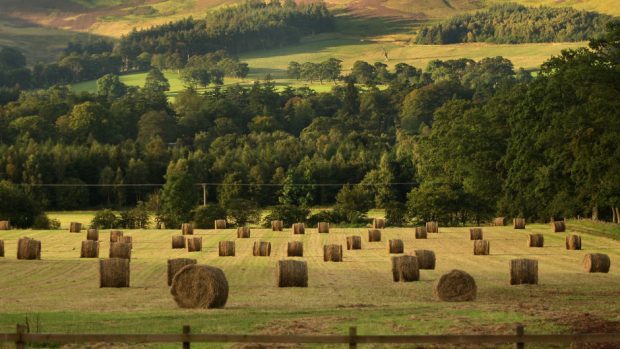The farmers’ union has welcomed proposals by the Scottish Agricultural Wages Board (SAWB) to increase the minimum hourly rate for farm workers by only 26p per hour to equal the UK Government’s National Living Wage (NLW) of £7.50.
NFU Scotland (NFUS) chief executive Scott Walker said the introduction of the NLW had put a very different slant on this year’s negotiations with the wages board.
“Agricultural wages cannot have a rate of pay that is less than that of the National Living Wage. We were very pleased that the wages board recognised this substantial increase for the first time and that the minimum agricultural wages should be in line with the National Living Wage,” he said.
“We also successfully received recognition from the Wages Board that the rules on overtime were having a significant impact on seasonal workers. As such, we have been able to get a proposal that would see overtime for those in the first 26 weeks of employment not begin until a minimum 48 hours have been worked in a week. This is good for workers and employers.
“We strongly encourage all of our members to let the Wages Board know their thoughts on these proposals. The proposals will be approved or rejected early next year.”
The proposed headline minimum rates are:
The overtime rate for workers during the first 26 weeks of employment will start after 48 hours is worked in the week and at the rate of 1.5 times the agreed hourly rate.
The overtime rate for all workers after 26 weeks continuous employment will start after 39 hours is worked at the rate of 1.5 times the agreed hourly rate.
An hourly rate of £4.40 – an 38p per hour increase – for new workers who undertake a Level 2 Modern Apprenticeship in agriculture.
An additional sum of £1.14 per hour for workers who have appropriate qualifications – an increase of 4p per hour.
Views on the proposed wage increases must be submitted to the Wages Board in writing by December 31.
